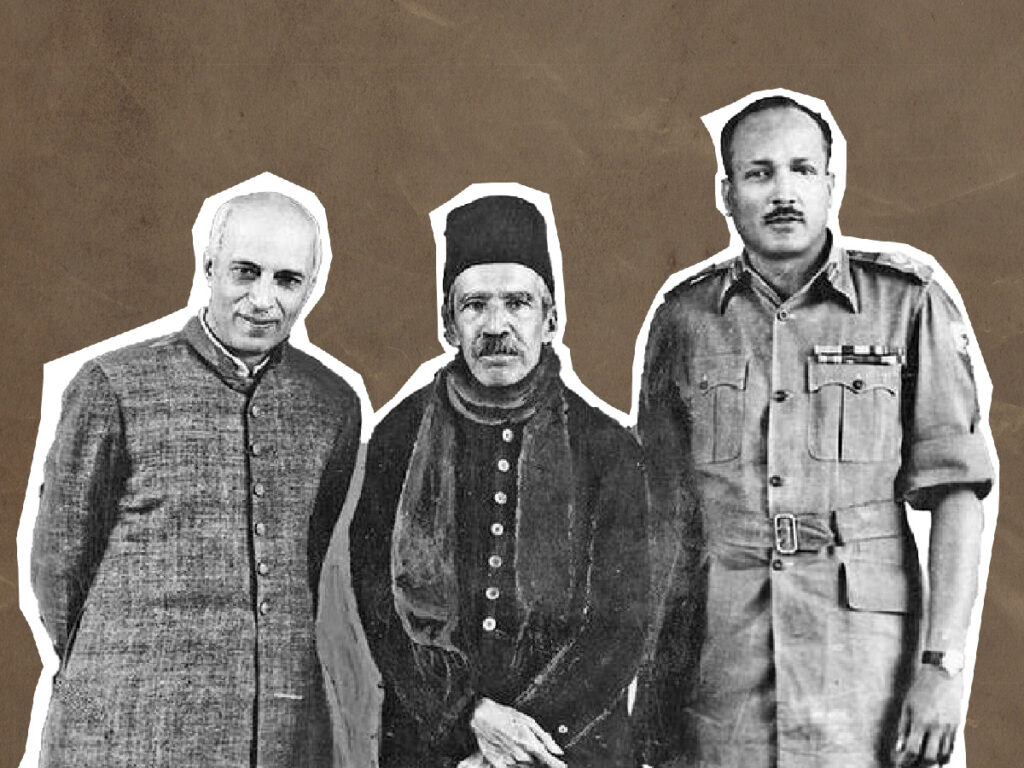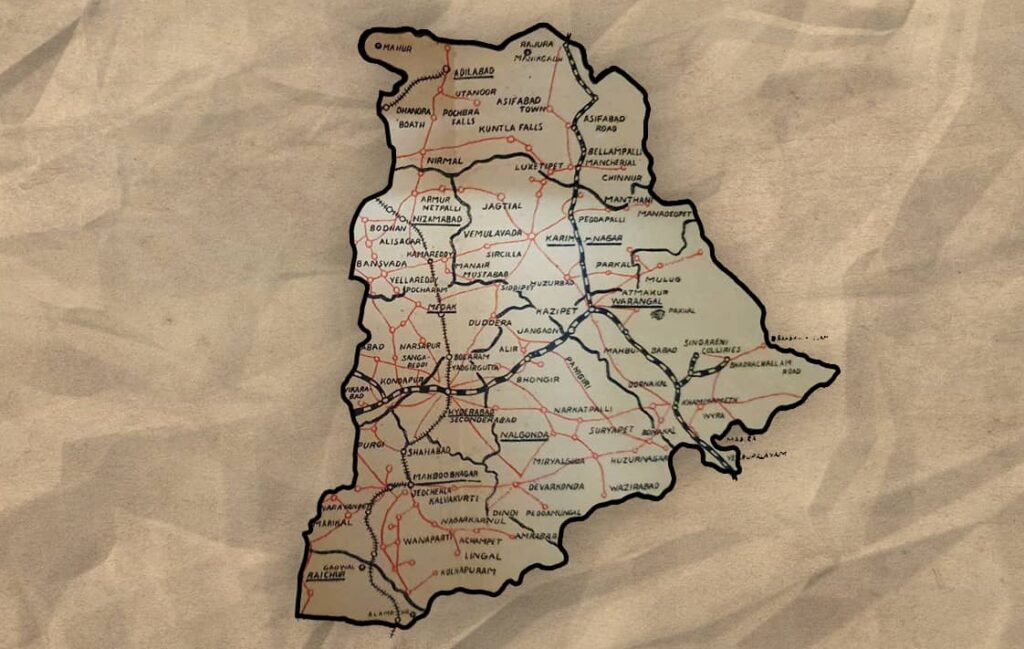Hyderabad: History today is taught to us as a linear account of events. While India celebrates its 78th Independence Day today, it may be remembered that back in 1947 however things were very different in the erstwhile state of Hyderabad. The state, which was one of the largest then (and not just present day Telangana), was in fact technically not part of the Indian union even after independence from the British.
As the British were gearing up to leave India in 1947, there was a larger issue to deal with for the Indian union under its first Prime Minister Jawaharlal Nehru – the merger of the princely states including Hyderabad. While most of the 560-odd states in undivided Indian either chose Indian or Pakistan (based on geography), a handful including Hyderabad, Jammu & Kashmir and Travancore refused, choosing to be independent instead.
The last Nizam of Hyderabad, Mir Osman Ali Khan (1911-48), wanted to stay independent and it was perhaps not an outlandish idea given that the state had features of a country. It had its own currency, stamp, radio, and also its own bank (State Bank of Hyderabad). Moreover, the Nizam was also the world’s richest man back then, having come on Time Magazine’s cover in 1937 due to his wealth.
The Hyderabad state was the largest one in India. It ran over 82,000 square miles of area, including all of Telangana, five districts of Maharashtra and three of Karnataka. It had a population of about 1.6 crore, of which 85% were Hindus and a little over 10% were Muslims (about 43% of people lived in the Telangana region).
Independence day and talks with Indian union
After months of deliberations and talks with Mir Osman Ali Khan failed, the Indian government finally decided to send its army to annexe (or merge, as some call it) the erstwhile princely state of Hyderabad to India with force. It began on on September 13, 1948 and concluded in about five days on September 17. So August 15, 1947, here was in fact not a celebration for a good two years after the British left.
What is pertinent to note is that prior to independence, all princely states were run by monarchs, and were autocratic and non-democratic by default. Whether the last Nizam of Hyderabad – Osman Ali Khan – was good or bad, or if he took bad decisions, is a different matter.
After months of deliberations and talks with Mir Osman Ali Khan failed, the Indian government finally decided to send its army to annexe (or merge, as some call it) the erstwhile princely state of Hyderabad to India with force. Operation Polo formally began on on September 13, 1948 and concluded in about five days on September 17. The Indian union had begun stationing troops well in advance anticipating a fight.

Operation Polo was led by India’s Maj. Gen. JN Chaudhuri. Called Police Action in local parlance, it has left deep scars on the psyche of Muslims even decades later, as thousands had lost their lives in the aftermath. Moreover, another major reason for sending in the army was the Communist Party of India (CPI)-led Telangana Armed Struggle (1946-51).
CPI-led peasant struggle before Independence Day
Moreover, another major reason for sending in the army was the Communist Party of India (CPI)-led Telangana Armed Struggle (1946-51). It was essentially a peasant uprising against feudal Jagdirdars (landlords) in the Hyderabad state. It had begun much earlier in 1946.
Bonded labour and forced collections are believed to be the main reasons behind the uprising, which began in 1946, and officially ended in 1951, till the communists decided to contest elections. Some of the tallest CPI leaders from Telangana then were Makhdoom Mohiuddin, Ravi Narayan Reddy, Arutla Kamala Devi, Ch. Rajeshwar Rao, etc.
Wary of a communist takeover, the Indian government also wanted to crush the communist movement, which continued till 1951. The CPI called it off on October 21, 1951 and joined the Indian democratic system.
Razakar violence in Hyderabad
One of the major reasons behind Police Action is believed to be the fanatical Qasim Razvi, who started the Razakar (volunteers) militia, and indulged in atrocities. The issue with Razvi was his violence. The late author Omar Khalidi in his seminal book ‘Hyderabad: After The Fall’ notes that, “Under Razavi’s charge the organisation (MIM) fairly quickly became a militant and somewhat frenzied party, accused, not without cause, of being fascist in both spirit and structure.”
Aftermath of Operation Polo
In the aftermath of Operation Polo, Lt. Col. J. N. Chaudhuri, who led Operation Polo, took over as military governor for 18 months of Hyderabad, after which a provincial government under M. K. Vellodi existed till the first general elections. It may be noted that the last Nizam was made the Rajpramukh in 1950, while Razvi had been arrested and sent to jail for nearly a decade, after which he was allowed to leave for Pakistan.

The Sunderlal committee report formed in the aftermath of Operation Polo states that 26,000 to 40,000 Muslims were killed in communal violence, mainly in the districts of Maharashtra and Karnataka.
The entire episode played out like a fast-moving novel over a year starting from India’s independence on August 15, 1947. So what we celebrate as Independence day today was in fact the beginning of the end of the last Nizam’s rule.







